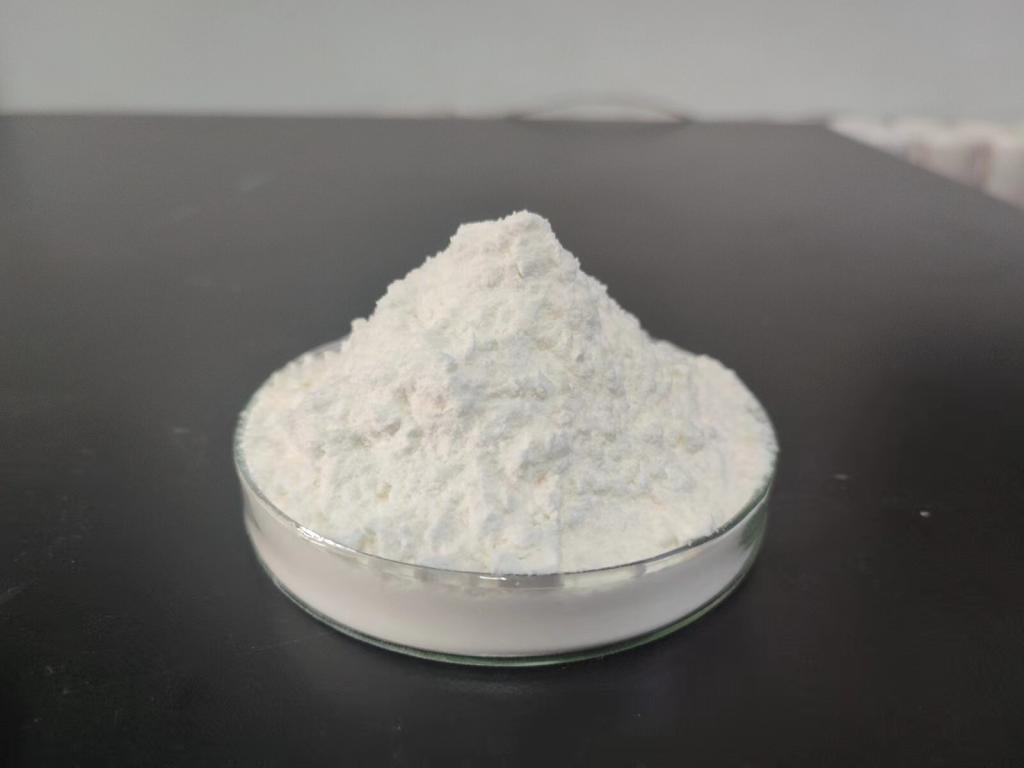Tel:+8618231198596

News
 CONTACT
CONTACT
 CONTACT
CONTACT
- Linkman:Linda Yao
- Tel: +8618231198596
- Email:linda.yao@dcpharma.cn
- Linkman:CHARLES.WANG
- Department:Overseas
- Tel: 0086 0311-85537378 0086 0311-85539701
News
Sustainable Aquaculture Practices Role of ε-Polylysine Hydrochloride in Water Quality
TIME:2024-03-07
Section 1: The Importance of Water Quality in Aquaculture
Water quality is a critical factor in the success of aquaculture operations. It directly affects the growth, reproduction, and overall health of aquatic species. Challenges such as nutrient buildup, microbial contamination, and the accumulation of organic matter can compromise water quality, leading to adverse effects on both the environment and the farmed organisms.
Subsection 1.1: Nutrient Management
Excessive nutrients, primarily nitrogen and phosphorus, can accumulate in aquaculture systems, leading to water eutrophication. This can result in algal blooms, oxygen depletion, and negative impacts on aquatic life. Effective nutrient management is essential to prevent these issues and maintain a balanced ecosystem.
Subsection 1.2: Microbial Contamination
Pathogenic bacteria and other microorganisms pose a significant threat to the health of farmed aquatic organisms. Controlling microbial contamination is crucial to prevent the spread of diseases within aquaculture facilities, ultimately ensuring the sustainability of the operation.
Section 2: ε-Polylysine Hydrochloride: Properties and Applications
ε-Polylysine hydrochloride, a natural antimicrobial agent derived from Streptomyces albulus, has gained attention for its potential applications in aquaculture. Its unique properties make it a promising solution for addressing water quality challenges in a sustainable and environmentally friendly manner.
Subsection 2.1: Antimicrobial Properties
ε-Polylysine hydrochloride exhibits strong antimicrobial activity against a wide range of bacteria, including both Gram-positive and Gram-negative species. Its ability to inhibit bacterial growth makes it an effective tool in preventing and controlling microbial contamination in aquaculture systems.
Subsection 2.2: Biodegradability and Environmental Safety
One of the key advantages of ε-polylysine hydrochloride is its biodegradability and low environmental impact. As a naturally occurring compound, it degrades into non-toxic byproducts, minimizing concerns about residual effects on the aquatic environment.
Section 3: Application of ε-Polylysine Hydrochloride in Aquaculture
The use of ε-polylysine hydrochloride in aquaculture involves various applications to address specific water quality challenges. From controlling microbial contamination to managing nutrient levels, its versatility makes it a valuable asset for sustainable aquaculture practices.
Subsection 3.1: Disease Prevention and Control
By incorporating ε-polylysine hydrochloride into aquaculture systems, the risk of bacterial infections and diseases can be significantly reduced. This preventive measure promotes the overall health of the farmed organisms, minimizing the need for therapeutic interventions and antibiotics.
Subsection 3.2: Nutrient Management and Algae Control
ε-Polylysine hydrochloride can be employed to manage nutrient levels in aquaculture systems, preventing the overaccumulation of nitrogen and phosphorus. Additionally, it helps control algae growth, reducing the likelihood of algal blooms that can negatively impact water quality and oxygen levels.
Section 4: ε-Polylysine Hydrochloride in Recirculating Aquaculture Systems (RAS)
Recirculating Aquaculture Systems (RAS) are gaining popularity for their water efficiency and reduced environmental impact. ε-Polylysine hydrochloride plays a significant role in optimizing RAS by addressing specific challenges associated with water quality management.
Subsection 4.1: Biosecurity in Closed Systems
In RAS, maintaining biosecurity is crucial to prevent the introduction and spread of pathogens. ε-Polylysine hydrochloride contributes to biosecurity by controlling microbial contamination, ensuring a clean and safe environment for the farmed organisms.
Subsection 4.2: Ammonia and Nitrite Control
Ammonia and nitrite are common byproducts in RAS, and their accumulation can be harmful to aquatic species. ε-Polylysine hydrochloride assists in controlling these nitrogen compounds, supporting a balanced and stable environment within recirculating systems.
Section 5: Environmental and Economic Benefits
The integration of ε-polylysine hydrochloride in aquaculture practices yields both environmental and economic benefits. These advantages contribute to the overall sustainability of aquaculture operations.
Subsection 5.1: Reduced Antibiotic Use
The antimicrobial properties of ε-polylysine hydrochloride allow for a reduction in the use of antibiotics in aquaculture. This not only minimizes the risk of antibiotic resistance but also aligns with consumer preferences for sustainably produced seafood.
Subsection 5.2: Improved Water Efficiency
Efficient water use is a key aspect of sustainable aquaculture, and the use of ε-polylysine hydrochloride aids in maintaining water quality in closed systems. Reduced water exchange requirements contribute to resource conservation and economic efficiency.
Section 6: Regulatory Considerations and Public Perception
The regulatory approval and public perception of ε-polylysine hydrochloride in aquaculture are crucial factors influencing its widespread adoption. Collaborative efforts between industry stakeholders, regulatory bodies, and public outreach initiatives are necessary to ensure acceptance.
Subsection 6.1: Regulatory Approval
Regulatory approval for the use of ε-polylysine hydrochloride in aquaculture involves demonstrating its safety for aquatic organisms, humans, and the environment. Transparent communication and cooperation with regulatory agencies facilitate the establishment of guidelines for responsible use.
Subsection 6.2: Public Awareness and Acceptance
Educating the public about the benefits of ε-polylysine hydrochloride in aquaculture is essential for gaining acceptance. Transparent communication regarding its natural origin, safety, and contribution to sustainable practices helps build trust and understanding among consumers.
Section 7: Future Prospects and Challenges
As aquaculture continues to evolve, the future prospects of ε-polylysine hydrochloride include further research on its applications, optimization of usage, and addressing challenges related to scalability and cost-effectiveness.
Subsection 7.1: Optimization of Application Methods
Ongoing research is essential to optimize the application methods of ε-polylysine hydrochloride in different aquaculture systems. Understanding the compound's effectiveness under varying conditions ensures its efficient use in diverse farming practices.
Subsection 7.2: Addressing Cost Considerations
While ε-polylysine hydrochloride offers numerous benefits, addressing cost considerations is crucial for its widespread adoption. Research efforts should focus on developing cost-effective production methods and exploring ways to integrate it seamlessly into existing aquaculture practices.
Section 8: Conclusion
ε-Polylysine hydrochloride emerges as a promising tool in promoting sustainable aquaculture practices by addressing water quality challenges. Its antimicrobial properties, biodegradability, and versatility in application make it a valuable asset for disease prevention, nutrient management, and overall environmental stewardship in aquaculture. As research and adoption continue, ε-polylysine hydrochloride stands at the forefront of innovative solutions, contributing to a more sustainable and resilient future for the aquaculture industry.
- Tel:+8618231198596
- Whatsapp:18231198596
- Chat With Skype







